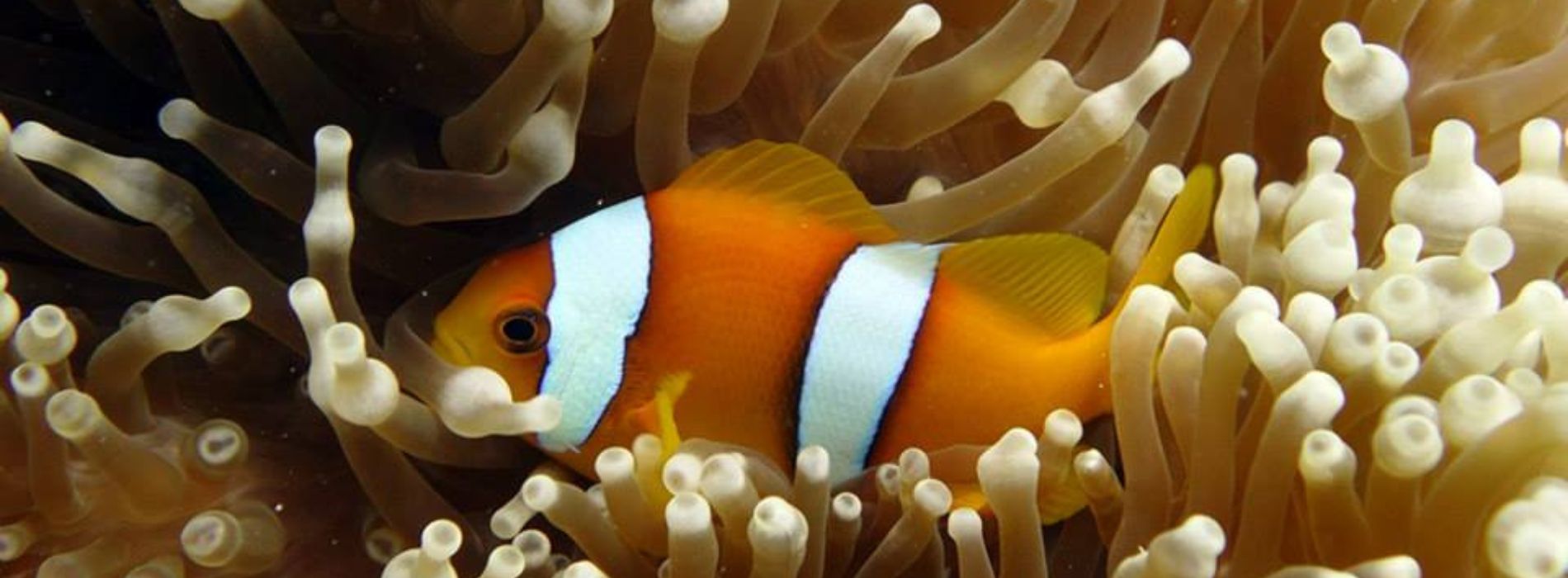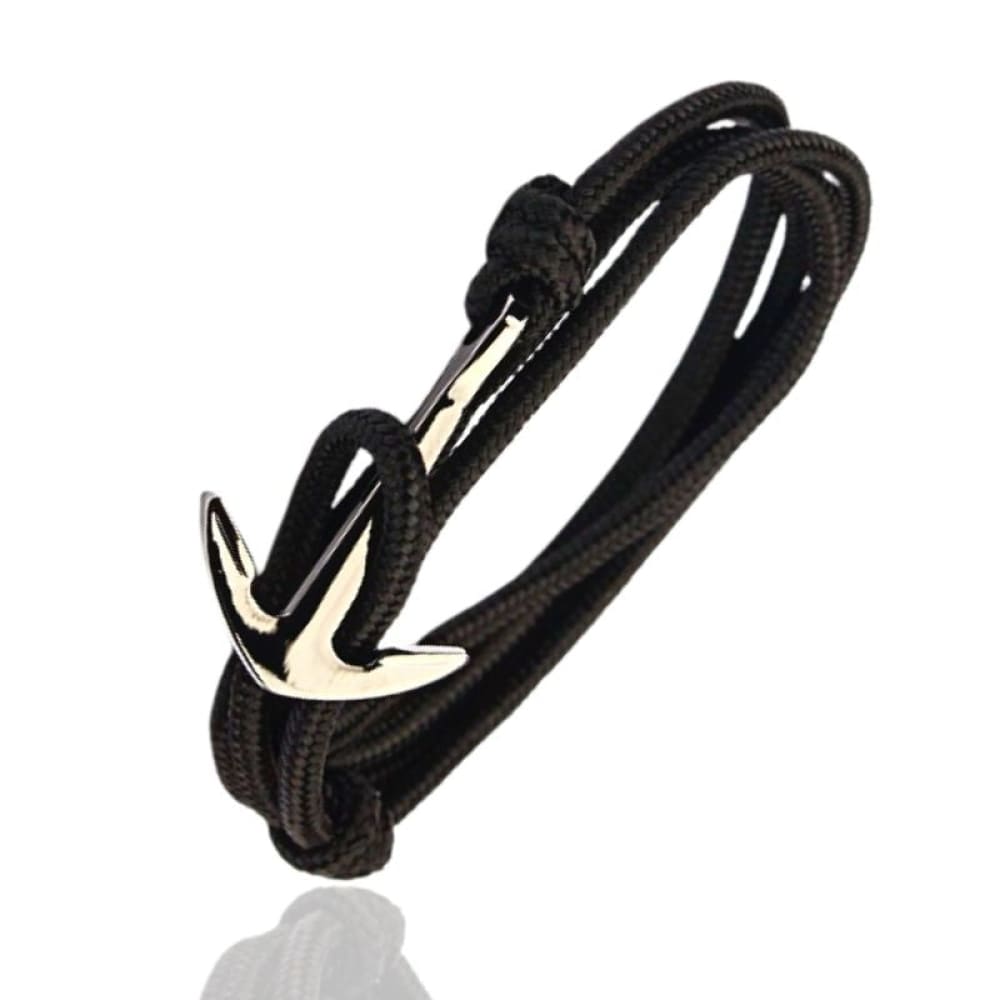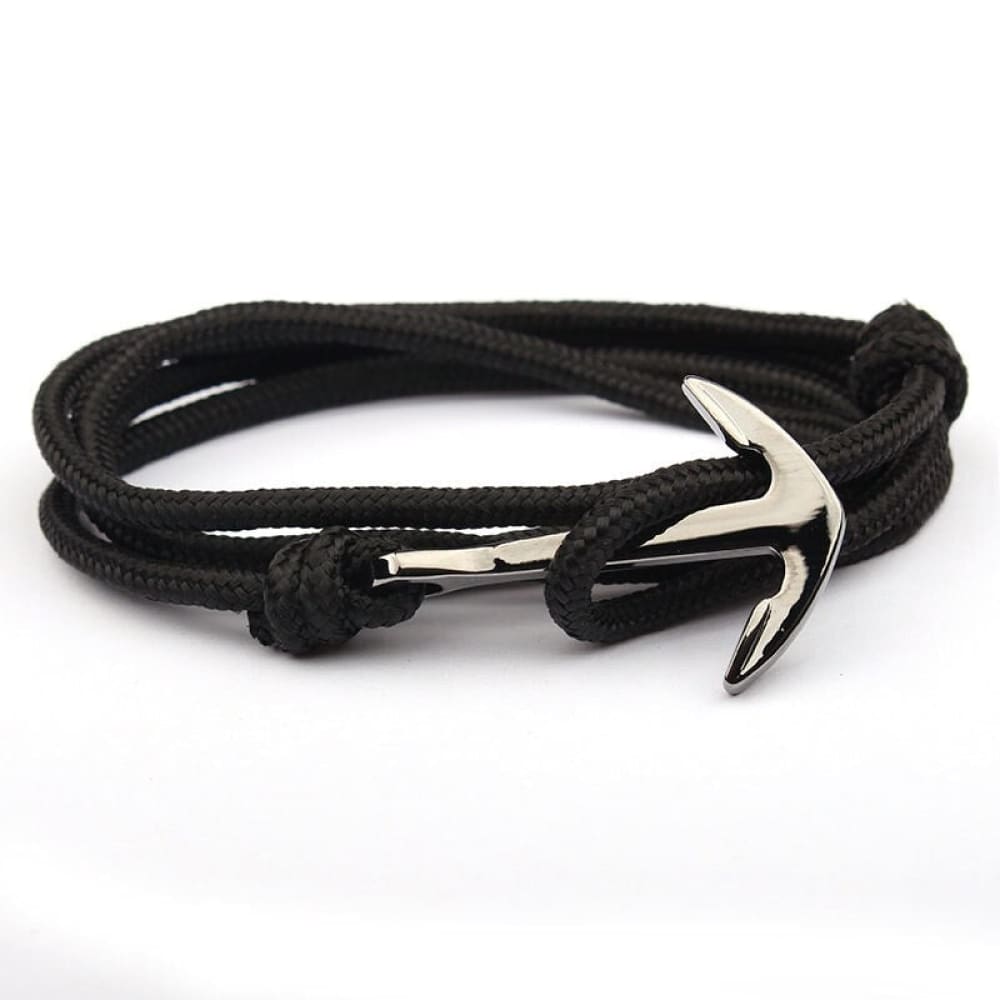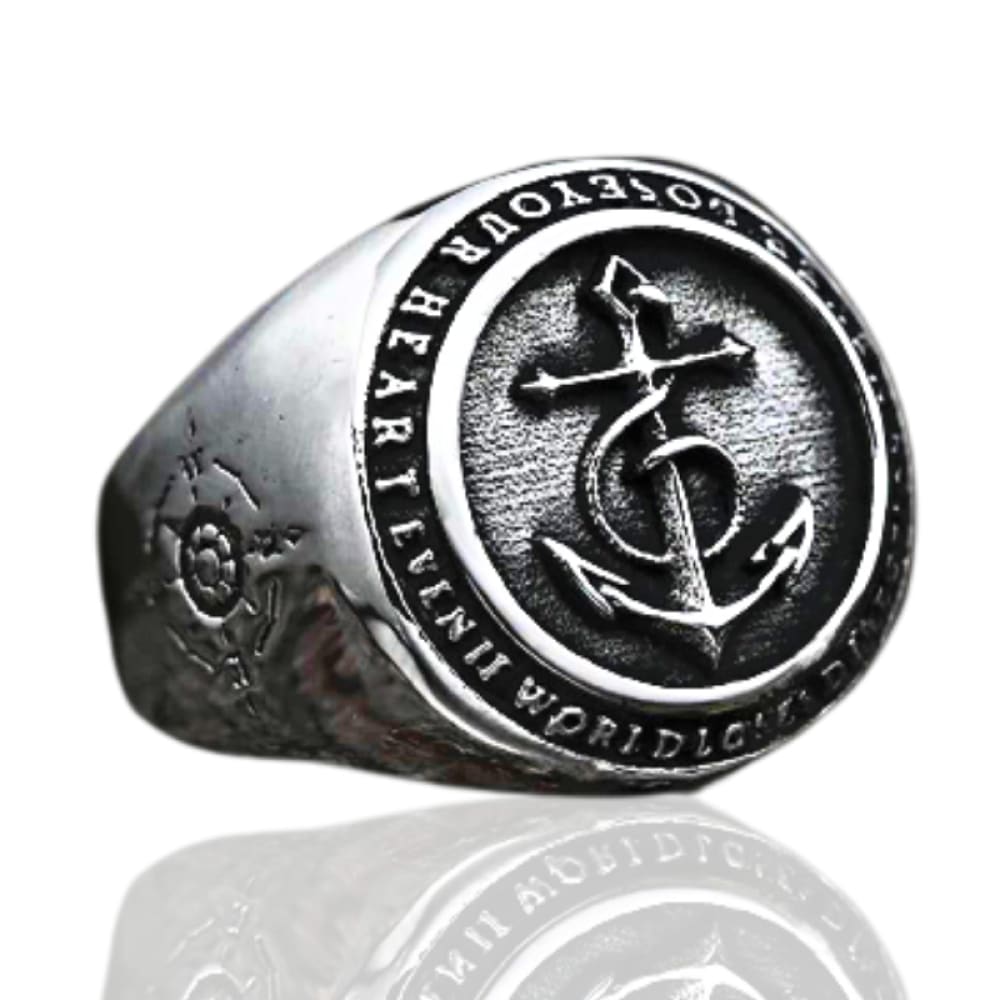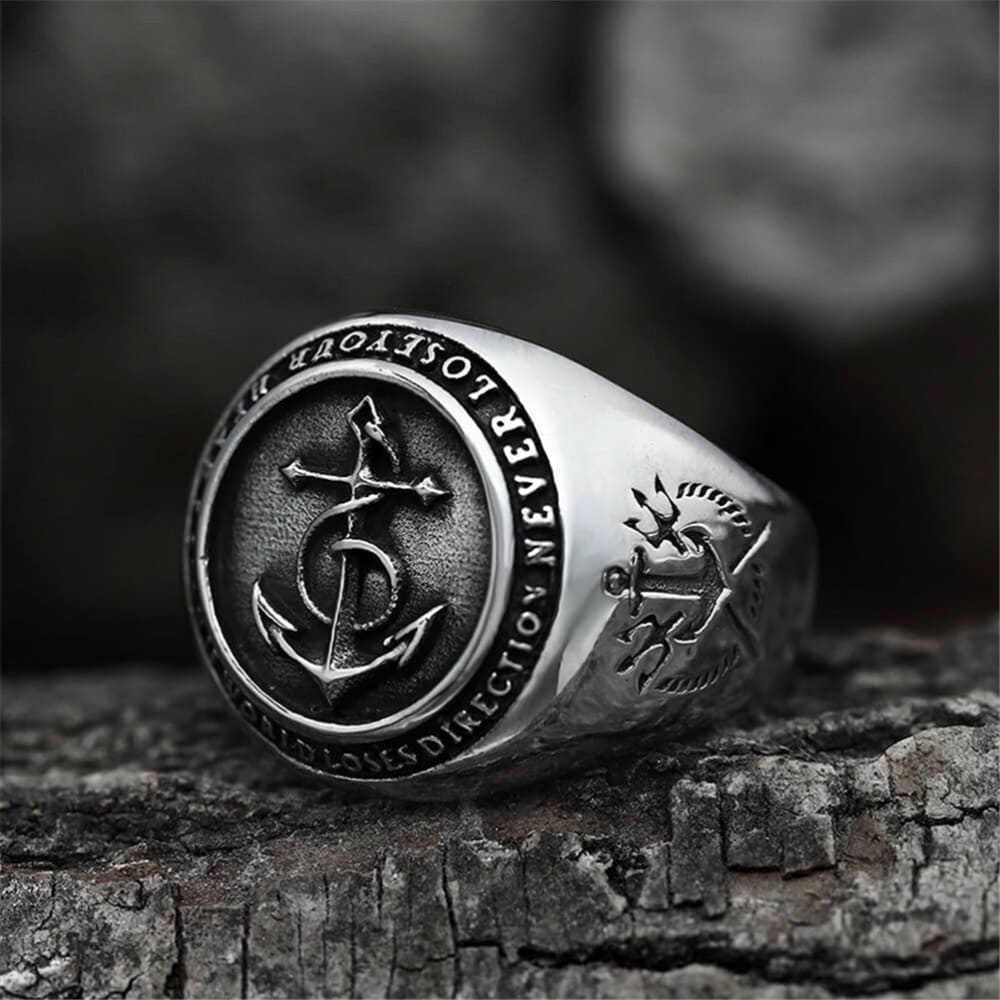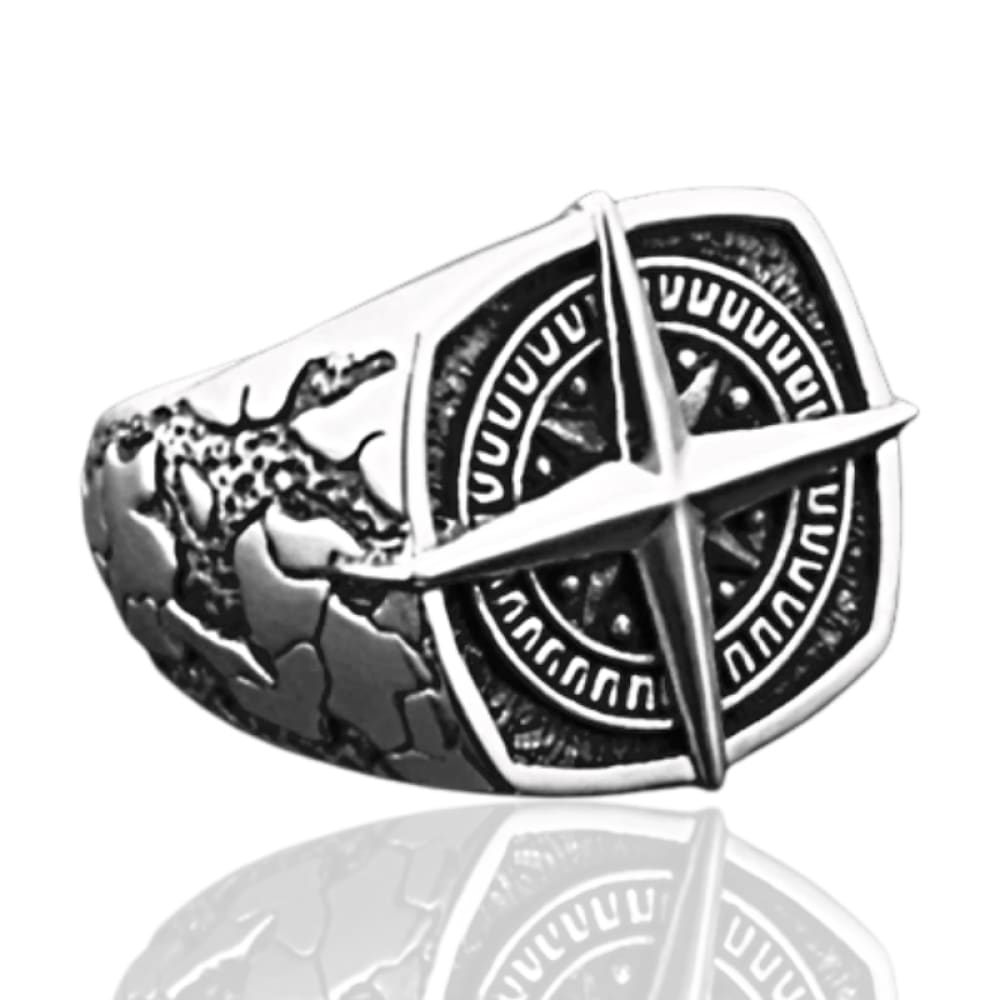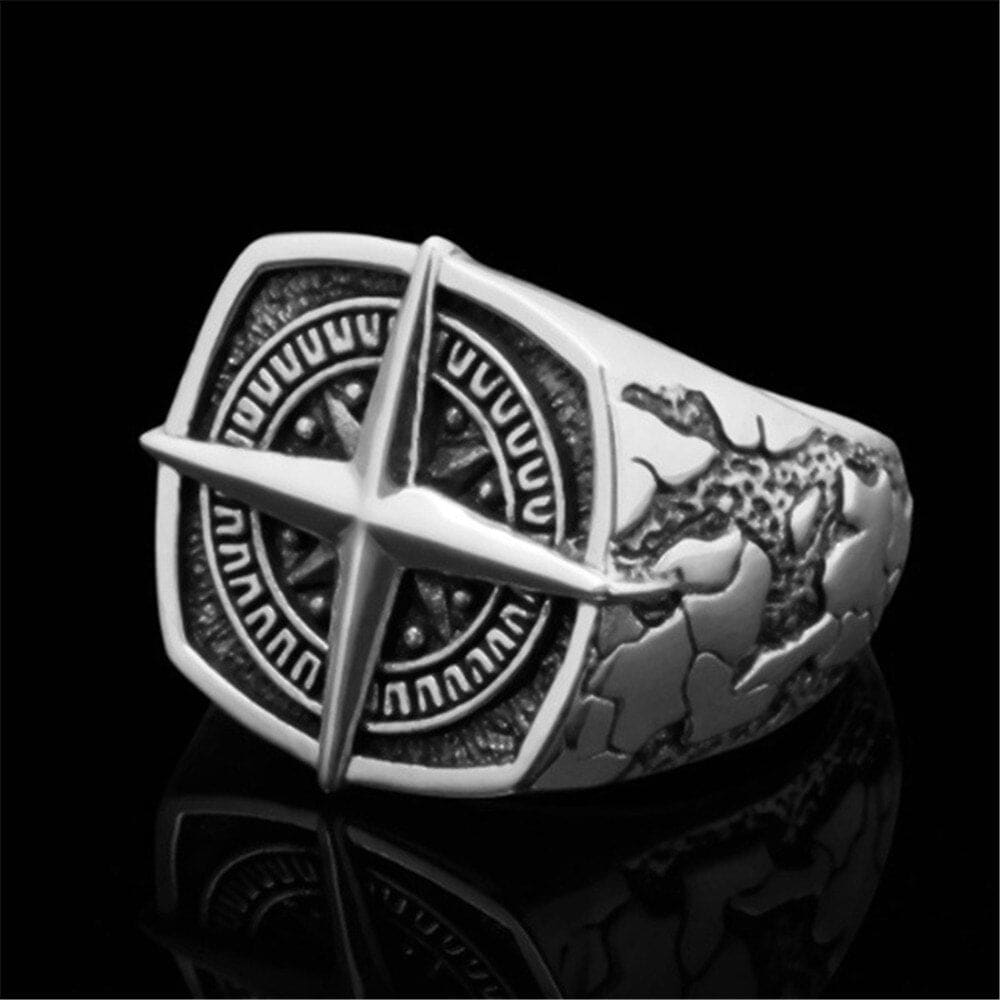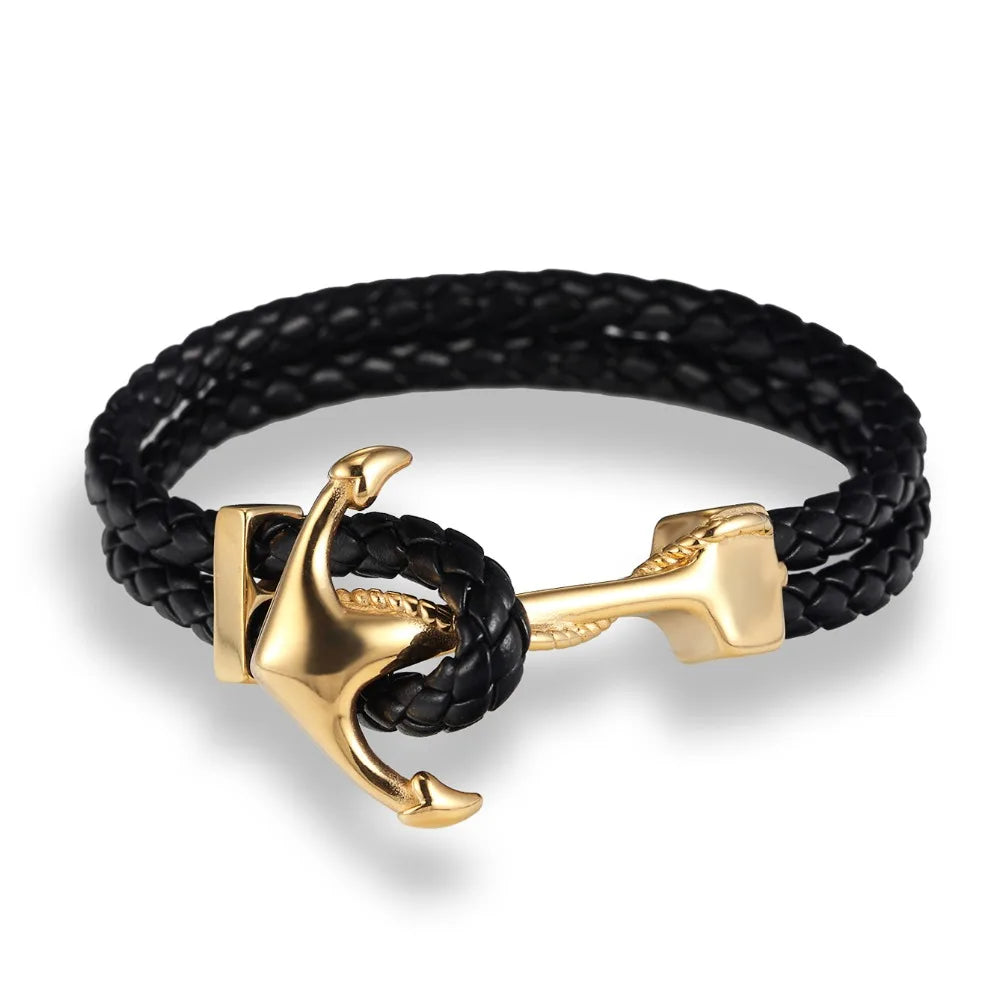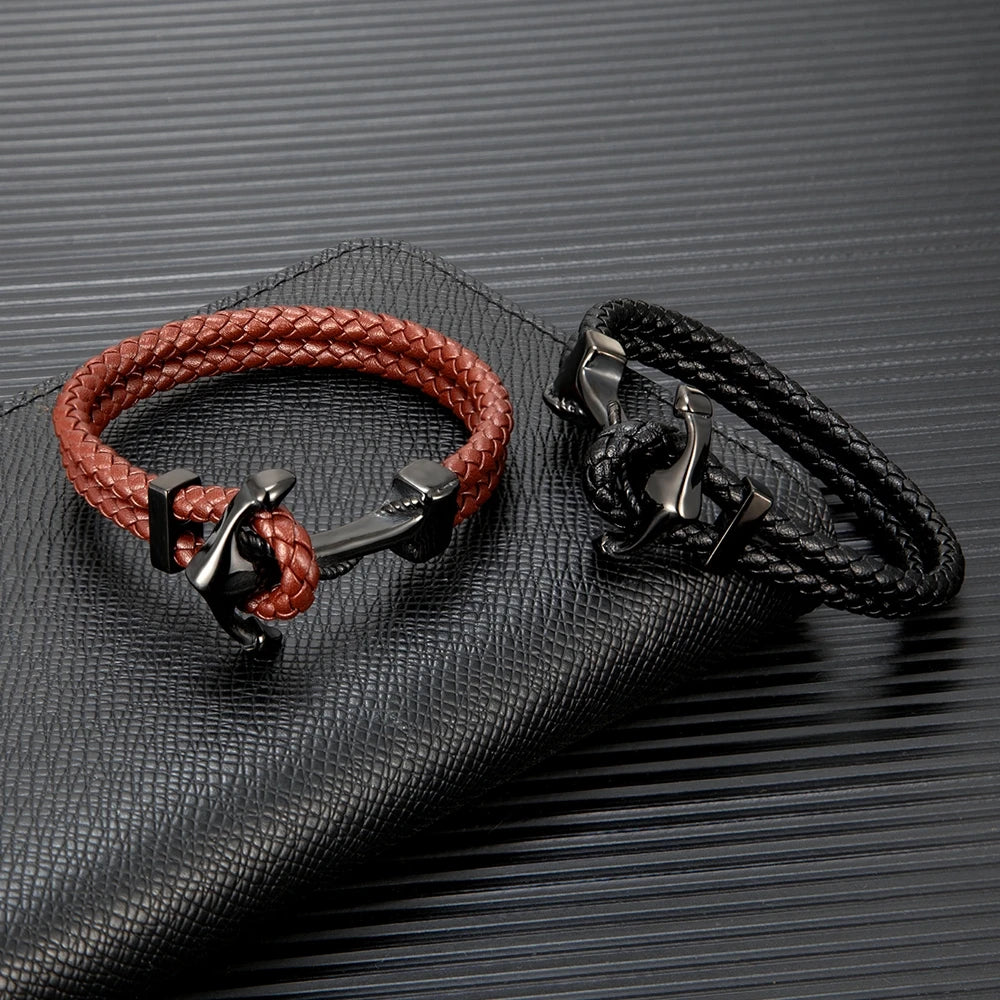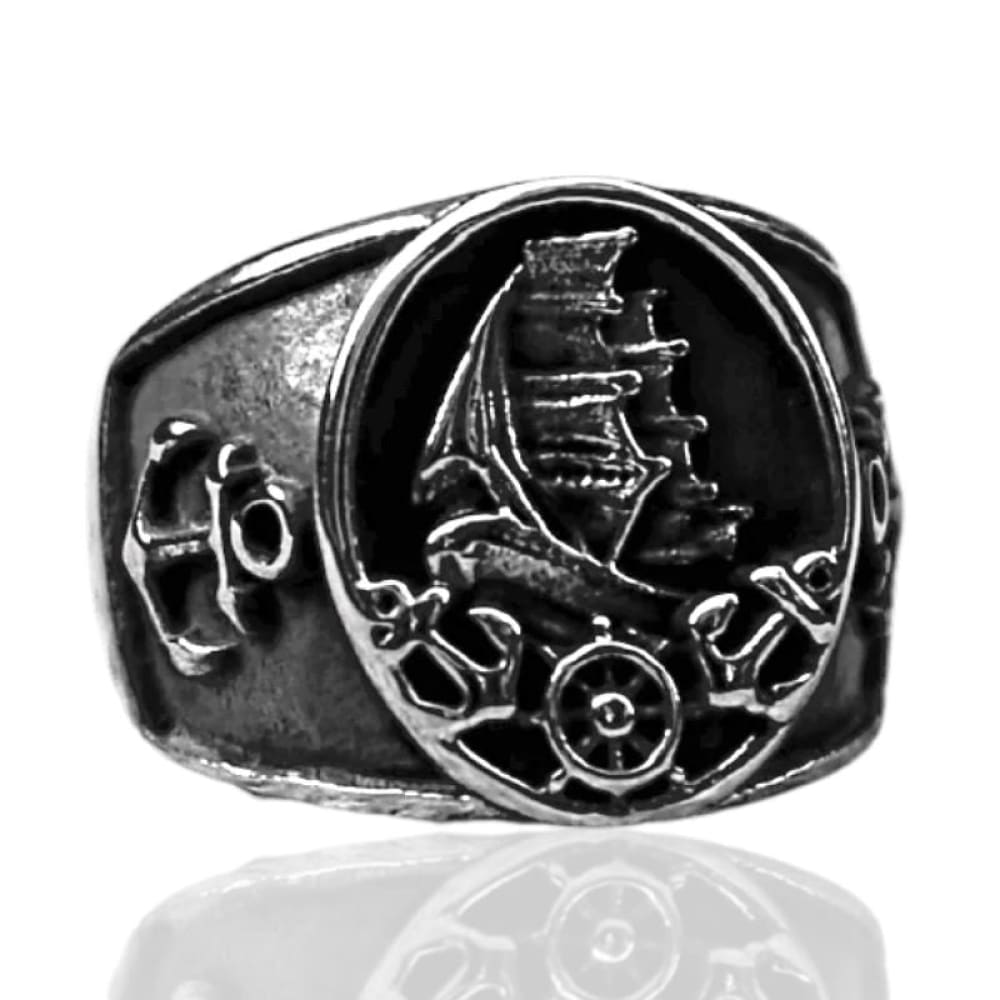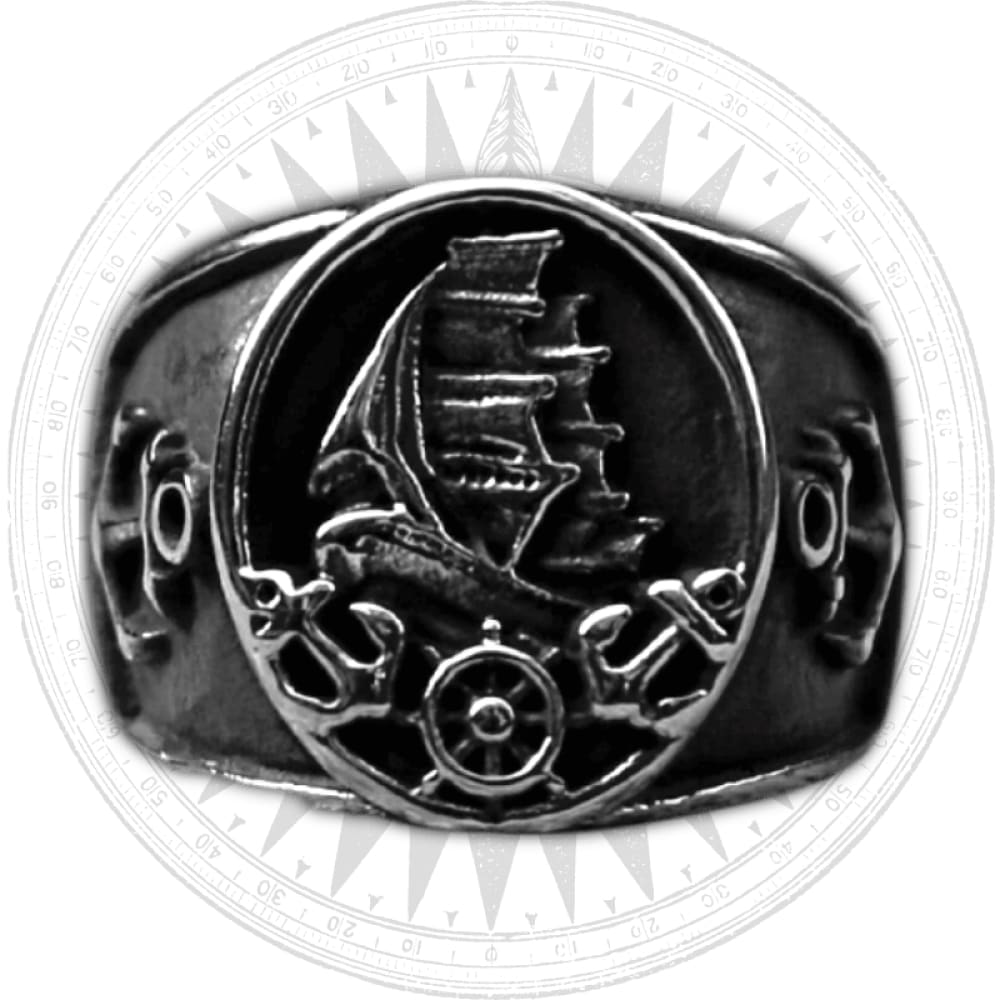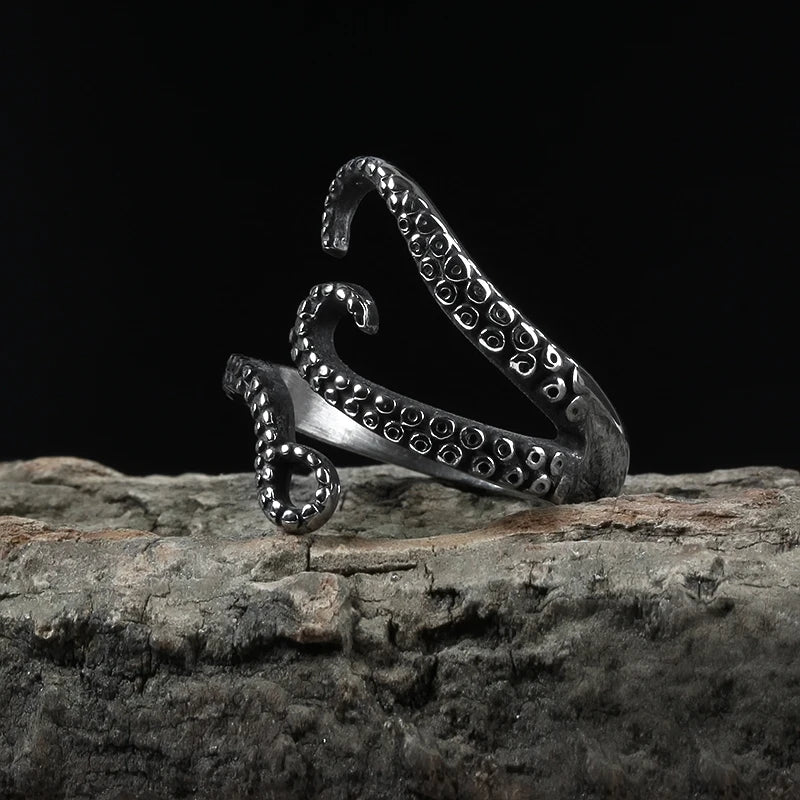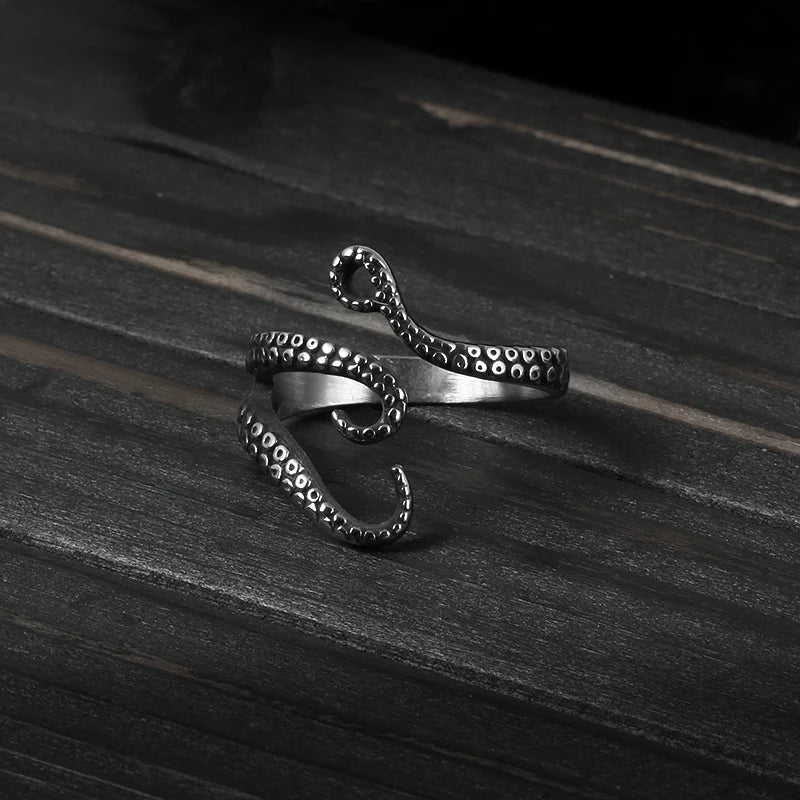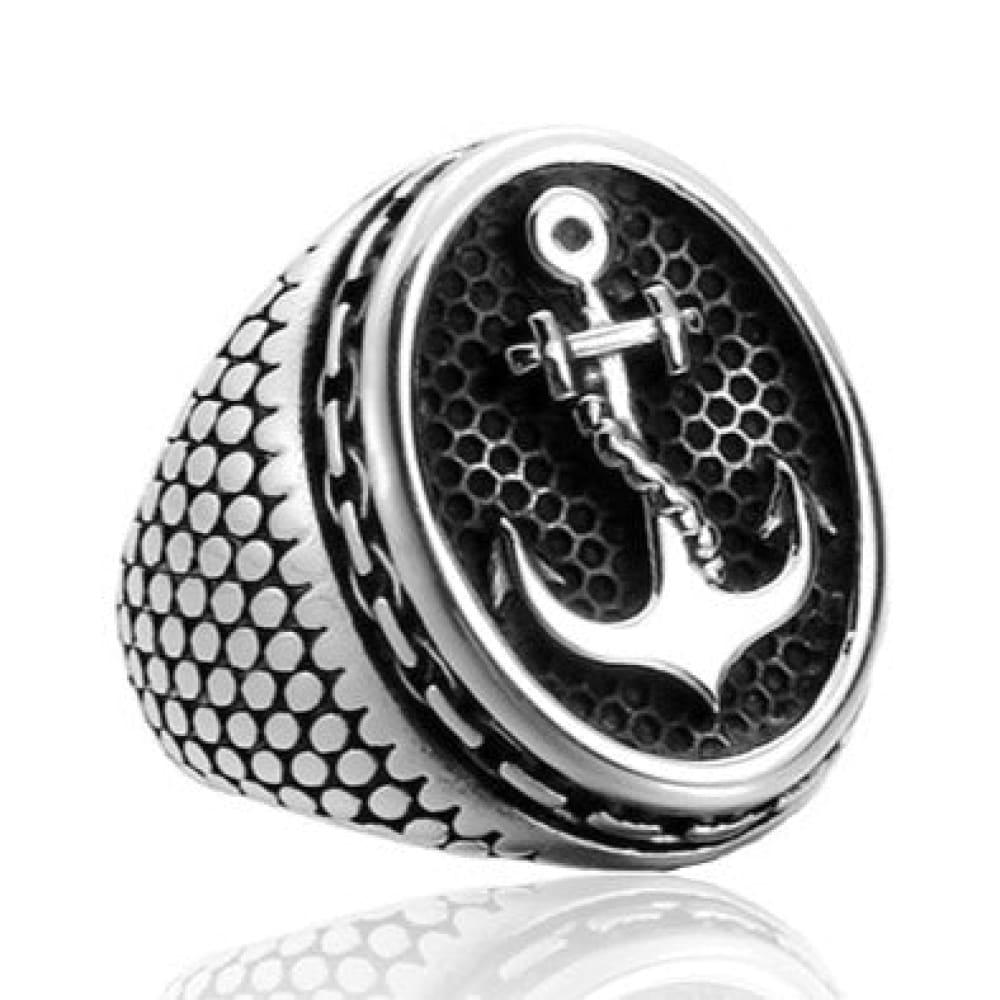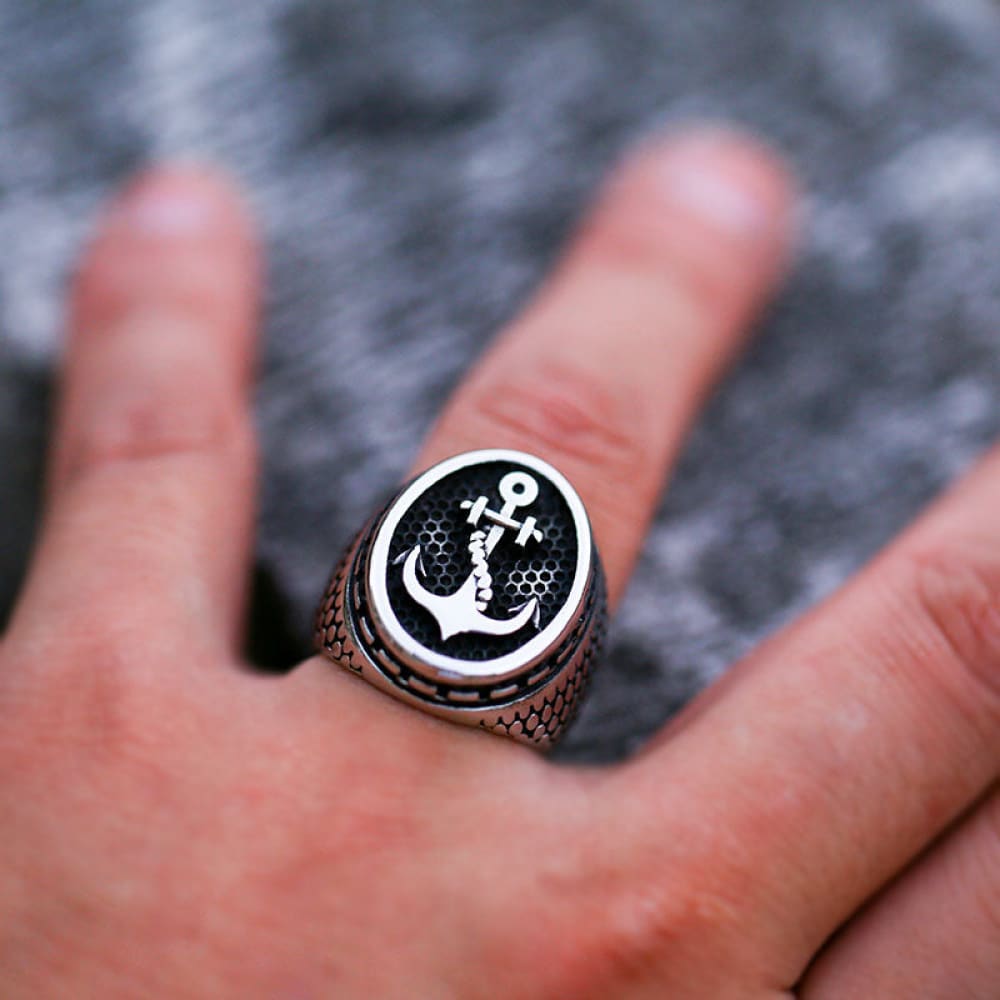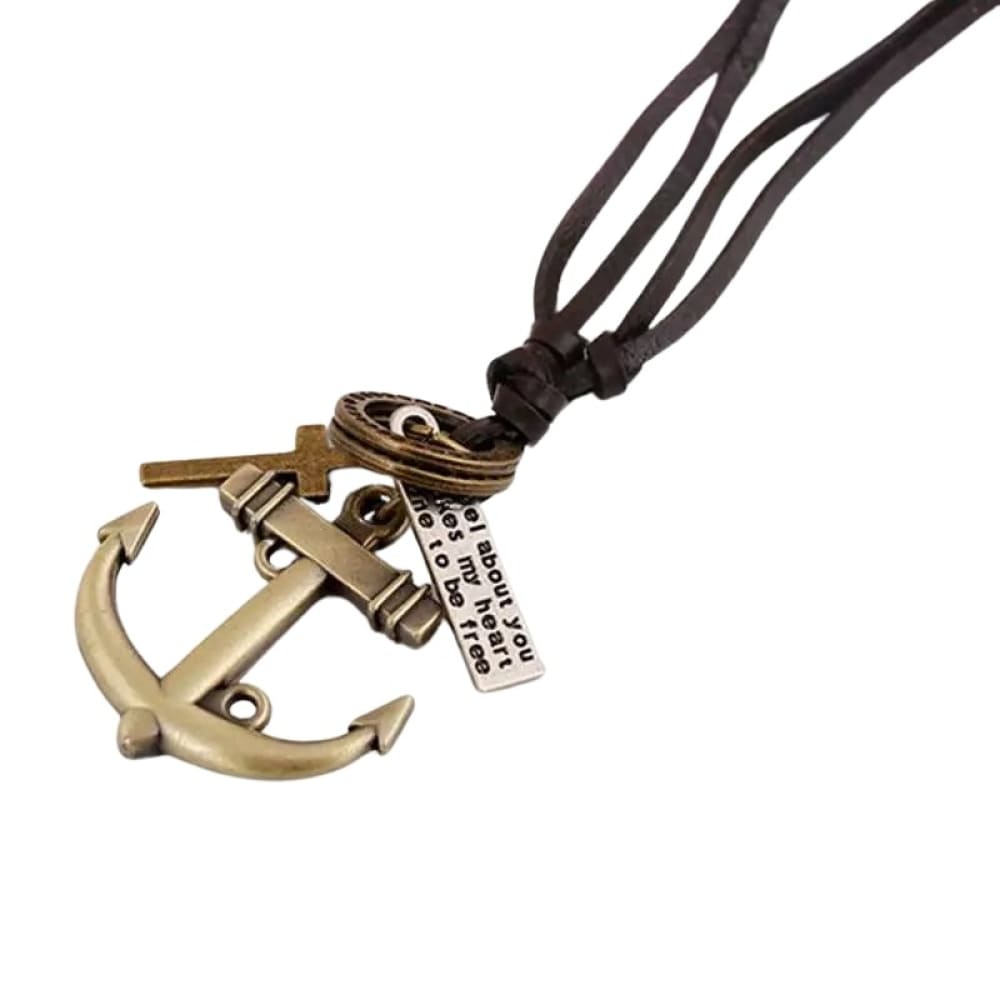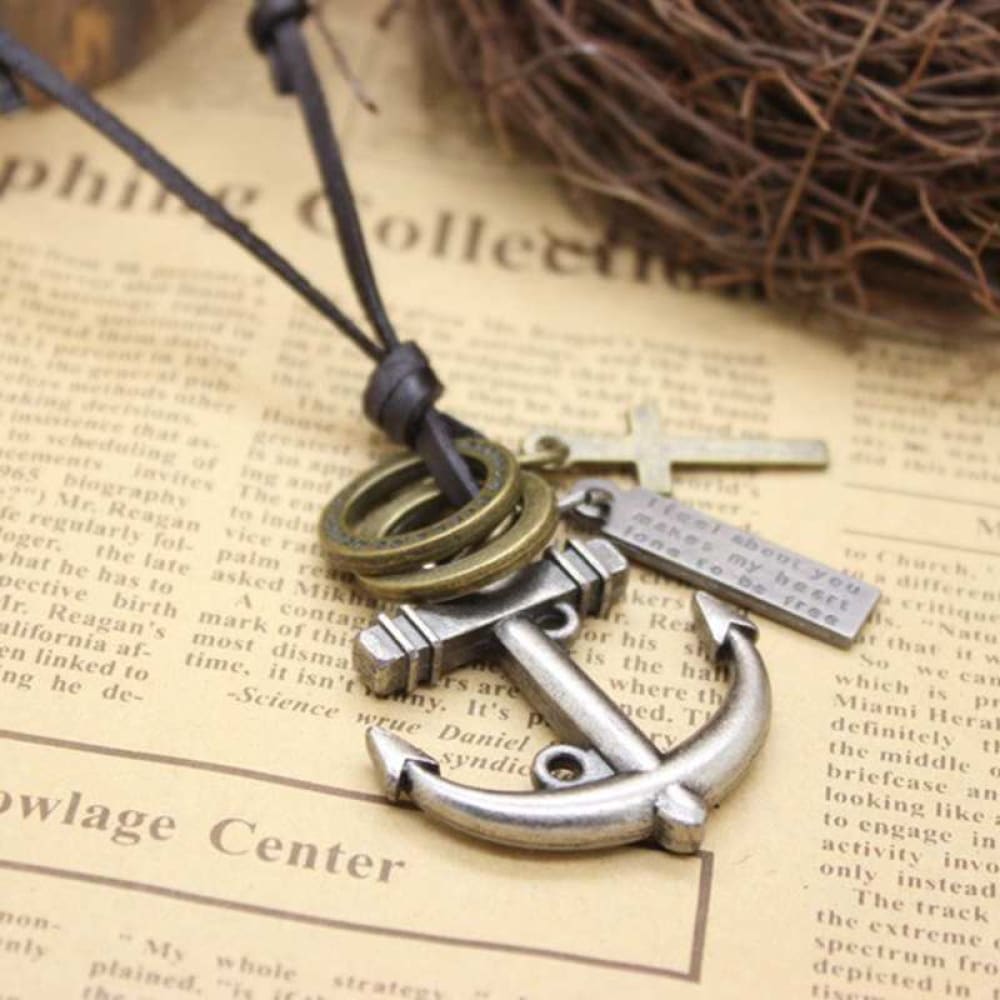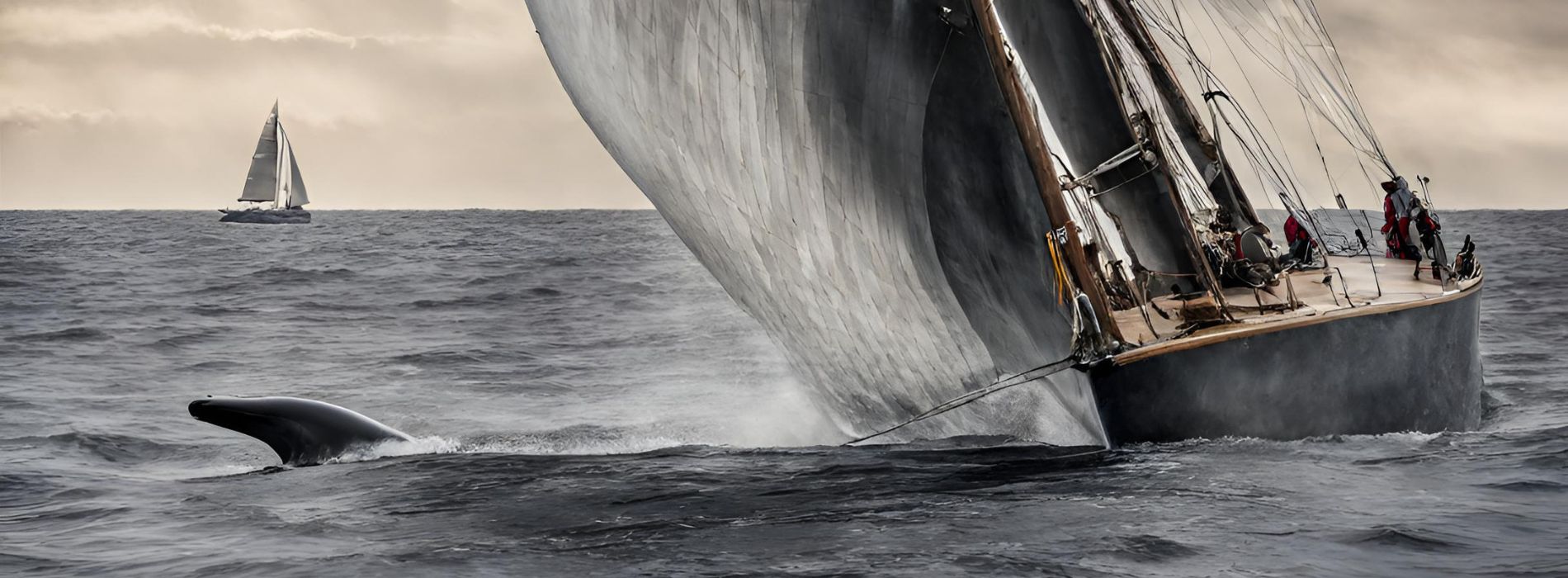Table of Contents
- Introduction
- Taxonomy and Classification
- Distribution and Habitat
- Physical Characteristics
- Social Behavior
- Reproduction
- Diet and Feeding Habits
- Predators and Threats
- Conservation Status
- Importance to the Ecosystem
- Interaction with Humans
- Our last words
2. Taxonomy and Classification

The Chagos anemonefish belongs to the family Pomacentridae, which includes a diverse group of marine fishes known as damselfishes. Within this family, it falls under the genus Amphiprion, which comprises over thirty recognized species of anemonefish. Its scientific name, Amphiprion chagosensis, is derived from its genus and the region it is found in, the Chagos Archipelago in the Indian Ocean.
3. Distribution and Habitat

The Amphiprion chagosensis is endemic to the Chagos Archipelago, a remote group of coral atolls situated in the central Indian Ocean. This archipelago is renowned for its pristine coral reefs, crystal-clear waters, and abundant marine life. Within this habitat, the Chagos anemonefish can be found inhabiting the sheltered lagoons and outer reef slopes, where they form mutualistic relationships with anemones.
4. Physical Characteristics
The Chagos anemonefish is a small and vibrant fish, measuring approximately 7 to 10 centimeters in length. Its body is oval-shaped, with a distinctive color pattern consisting of three white bars outlined in black, set against a vibrant orange background. These striking colors not only contribute to its beauty but also serve as a warning to potential predators.
5. Social Behavior

Chagos anemonefishes are known for their fascinating social behavior. They live in small groups called harems, consisting of a dominant breeding pair and several non-breeding individuals. The dominant female is the largest and most aggressive member of the group. In the absence of the dominant female, the dominant male will transition into a female, showcasing their unique ability to change sex.
6. Reproduction
The reproductive behavior of Amphiprion chagosensis is both intriguing and complex. The dominant breeding pair is responsible for the production and protection of eggs. During courtship, the male performs an elaborate dance to attract a female, culminating in the female laying her eggs on a suitable substrate near their host anemone. The male then fertilizes the eggs and assumes the role of guarding and aerating them until they hatch.
7. Diet and Feeding Habits

Chagos anemonefishes have a specialized diet consisting of both zooplankton and algae. They feed on small invertebrates, such as copepods and amphipods, as well as the leftover food scraps from their host anemone. These fish have a mutually beneficial relationship with their host anemone, as they help to keep it clean by consuming parasites and dead tissue.
8. Predators and Threats
Despite their vibrant colors and venomous anemone host, Amphiprion chagosensis are not immune to predation. They face threats from larger predatory fish, such as groupers and snappers, as well as from marine mammals and seabirds. Climate change and coral reef degradation also pose significant threats to their habitat and survival.
9. Conservation Status

The Chagos anemonefish is currently classified as a species of least concern by the International Union for Conservation of Nature (IUCN). However, the broader ecosystem it inhabits, including the Chagos Archipelago, is under threat from various human activities, such as overfishing and habitat destruction. Efforts are being made to protect the Chagos Archipelago and its unique biodiversity.
10. Importance to the Ecosystem
Amphiprion chagosensis play a vital role in the ecosystem of the Chagos Archipelago. They serve as indicators of the health of coral reefs, as their presence is closely linked to the presence of healthy anemones. Additionally, they contribute to nutrient cycling and energy flow within the reef ecosystem through their feeding habits.

11. Interaction with Humans
The Chagos Archipelago is a protected area, and access to its waters is restricted. Therefore, direct interactions between Amphiprion chagosensis and humans are limited. However, their vibrant colors, unique behavior, and association with the iconic anemone have made them popular subjects for underwater photography and scientific research.
12. Our last words
In conclusion, the Chagos anemonefish, with its striking colors, fascinating behavior, and importance to the marine ecosystem, is a true marvel of the underwater world. As we continue to explore and understand the secrets of this captivating species, let us also recognize the need to protect its fragile habitat and the broader marine environment to ensure the survival of this enchanting creature for generations to come.
if you want to learn more about clownfish, feel free to click here !
We hope you've enjoyed this article about the Chagos Anemonefish !
Feel free to subscribe to our private newsletter to receive more exclusive article. You will also receive a 10% bonus discount for our sea world catalogue. You will be notified via email whenever we release a new wonderful jewelry piece of the ocean.
Feel free also to go check out our website, we provide the best sea content and we offer you the best nautical jewelry all around the globe !

